When planning a bathroom renovation or designing a new space, choosing the right toilet plays a pivotal role in shaping both function and aesthetics. Among the popular options available, floor-mounted and wall-hung toilets are two distinct yet versatile choices. Each design carries unique characteristics that may complement different bathroom styles, space layouts, or user preferences. Rather than viewing one as superior to the other, it's more valuable to explore how each type can serve particular design and lifestyle needs.
Understanding the Toilet Types
What Is a Floor-Mounted Toilet?
A floor-mounted toilet is installed directly on the bathroom floor. It typically has a visible tank attached to the bowl. This design is widely used and is often found in both residential and commercial settings.
Two-Piece Floor-Mounted Toilet
What Is a Wall-Hung Toilet?
A wall-hung toilet is mounted to the wall with a concealed tank installed inside the wall cavity. The bowl “floats” above the floor, creating a more streamlined and modern look.
Key Considerations for Choosing the Right Fit
When deciding between a floor mount and wall-hung toilet, there are several functional and visual elements to keep in mind.
Bathroom Size and Layout
In compact bathroom designs, saving space is critical. Wall hung toilets can free up several inches by hiding the tank inside the wall and lifting the toilet off the ground. This can make a small bathroom feel larger and less cluttered.
However, if you're working with a larger bathroom or have traditional plumbing in place, floor-mounted toilets offer a reliable and easier-to-integrate solution.
Installation Requirements
Wall-hung toilets require a solid wall structure and often involve in-wall cistern systems and extra framing support. This is ideal for new builds or full renovations.
In contrast, floor mount toilets are more adaptable during renovations since they usually connect directly to existing floor plumbing, making installation faster and less invasive.
Maintenance and Cleaning
From a cleaning standpoint, wall-hung toilets offer an advantage. With no contact between the bowl and floor, it’s easier to clean underneath. This is a great feature in hospitality bathrooms or minimalist bathroom trends, where hygiene and aesthetics are equally important.
On the other hand, floor-mounted toilets give you easier access to internal components for repair. Everything is readily available without needing to remove tiles or wall panels.
Design Styles and Aesthetic Appeal
Toilet choice can impact the overall mood and design cohesion of your bathroom. Here's how each type complements different design themes.
Contemporary and Minimalist Spaces
Wall-hung toilets are a staple in modern bathroom suites. Their clean lines, hidden tanks, and compact profiles suit contemporary bathroom aesthetics. This design supports low-profile flush plates and contributes to the popular open-space look.
Classic and Transitional Bathrooms
If your project leans toward traditional bathroom renovations or transitional design themes, floor-mounted toilets provide versatility in shape and color. They range from vintage styles to more modern one-piece models, making them easy to blend with other elements.
Accessibility and Customization
A major benefit of wall-mounted models is that they can be installed at custom heights, ideal for accessible bathroom designs or aging-in-place layouts.
Floor-mounted toilets also come in comfort height toilets, which are taller and more ergonomic, helping people with joint or mobility issues.
Both options can meet commercial bathroom standards with the right product configuration.
Water Efficiency and Technology
Modern toilet technology places a strong emphasis on sustainability and smart functionality.
Dual Flush and Eco-Friendly Designs
Both floor mount and wall hung models support dual flush systems, eco-friendly flushing technologies, and low-flow performance. These features are common in LEED bathroom solutions and align with green building practices.
Smart Toilet Integration
If you're exploring luxury bathroom product lines, smart toilets are available in both types. Features like heated seats, bidet functions, and touchless flush are becoming standard in high-end renovations, especially in tech-forward bathrooms.
Cost and Long-Term Value
Initial Investment
Wall-hung toilets often require more investment upfront due to wall construction and concealed system installation.
Floor-mounted toilets, by contrast, typically have a lower initial cost and more budget-friendly options, especially suitable for budget-conscious renovations or public restrooms.
Long-Term Considerations
With proper planning, both styles can offer strong value in terms of durability, aesthetic appeal, and user comfort. Choosing the right style depends on your timeline, available space, and the type of usage your bathroom will see.
Versatile Use Across Applications
Each toilet type performs well in different environments:
● Wall hung toilets: Ideal for luxury homes, hotel suites, and small apartments.
● Floor-mounted toilets: Common in family bathrooms, commercial buildings, and public spaces.
The key is to match the product to the use case, ensuring both functionality and design harmony.
Final Thoughts
There’s no universal answer to whether a wall-hung or floor-mounted toilet is better. Instead of viewing this as a comparison, it's more useful to see both as tools that serve different spatial and design goals.
Focus on:
● Your bathroom’s physical constraints
● Your design preferences
● Your needs for maintenance and durability
● Your interest in water-saving technologies
Find the Right Fit with Gunies
Floor-Mounted/Wall-Hung Toilet Manufacturer
If you're planning to install or replace a toilet, Gunies offers a wide range of both floor-mounted and wall-hung toilets. With Gunies, you're not just buying a product—you’re choosing reliability, efficiency, and style that fits your bathroom. Whether you’re working on a full-scale renovation or a simple upgrade, Gunies provides solutions that meet your design, performance, and installation needs.

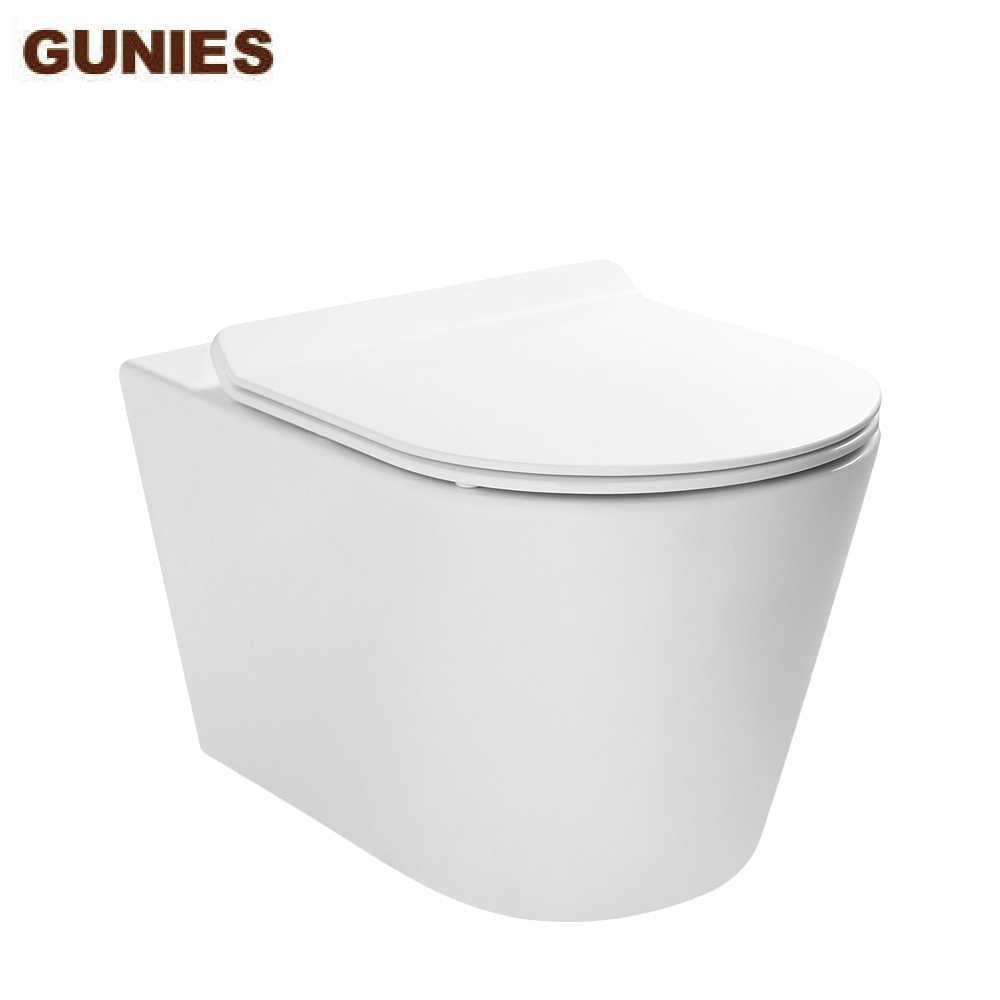
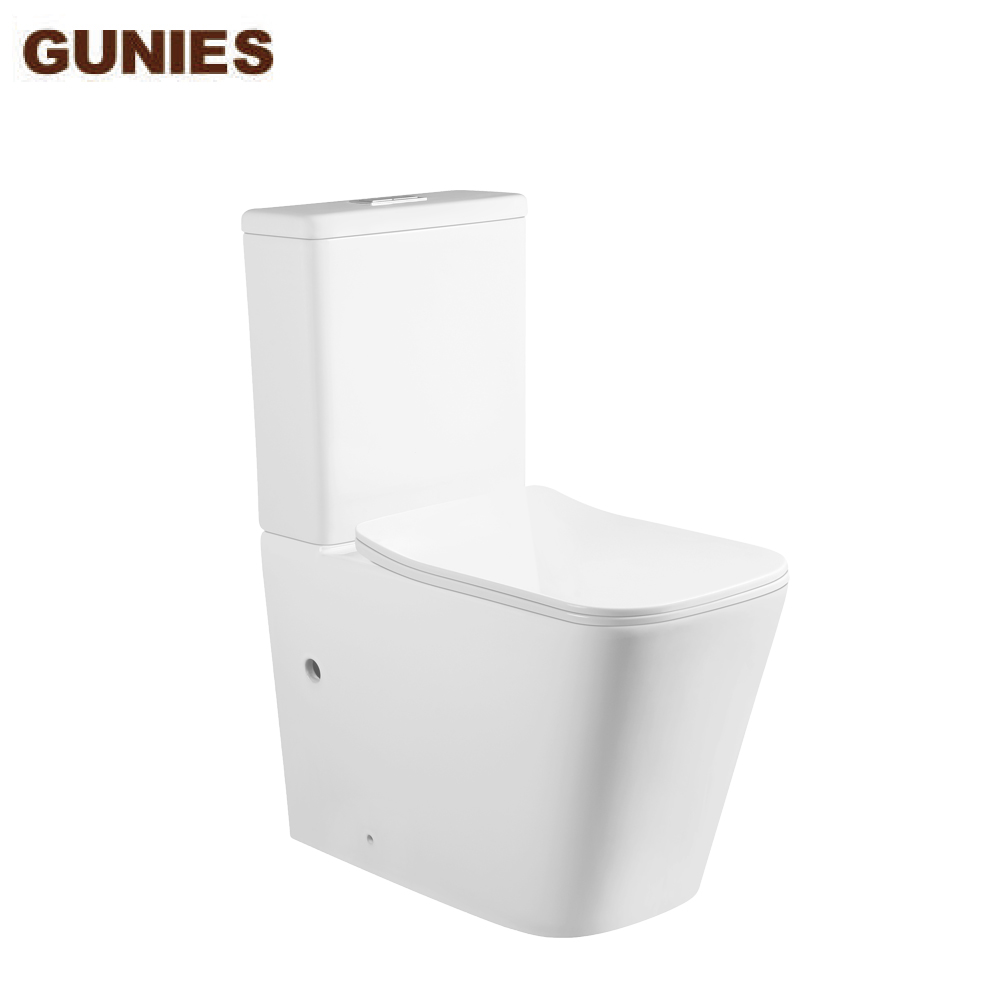
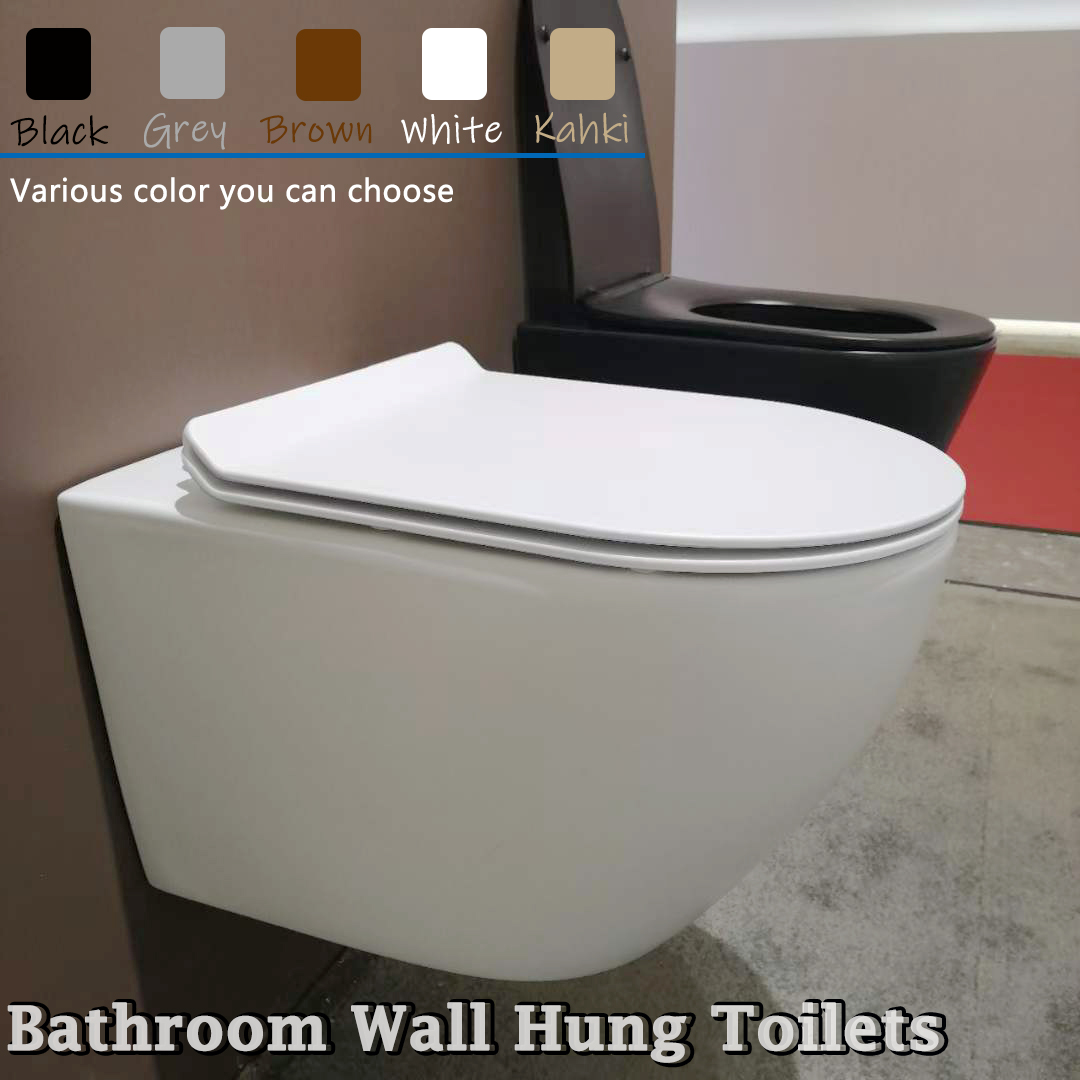
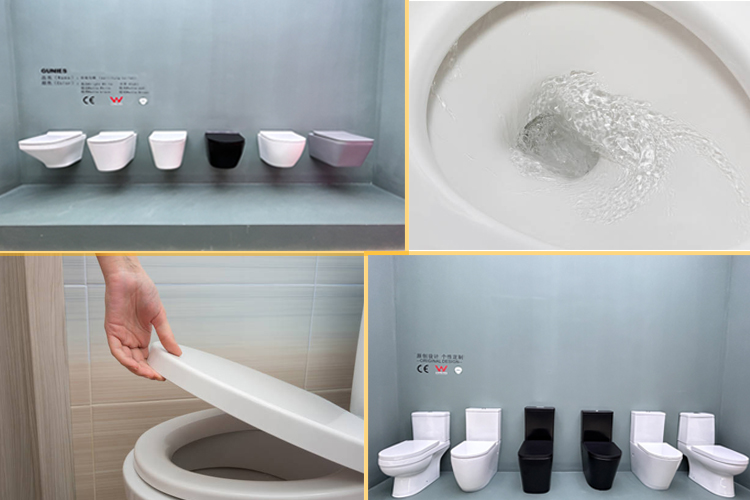
_12011.jpg)
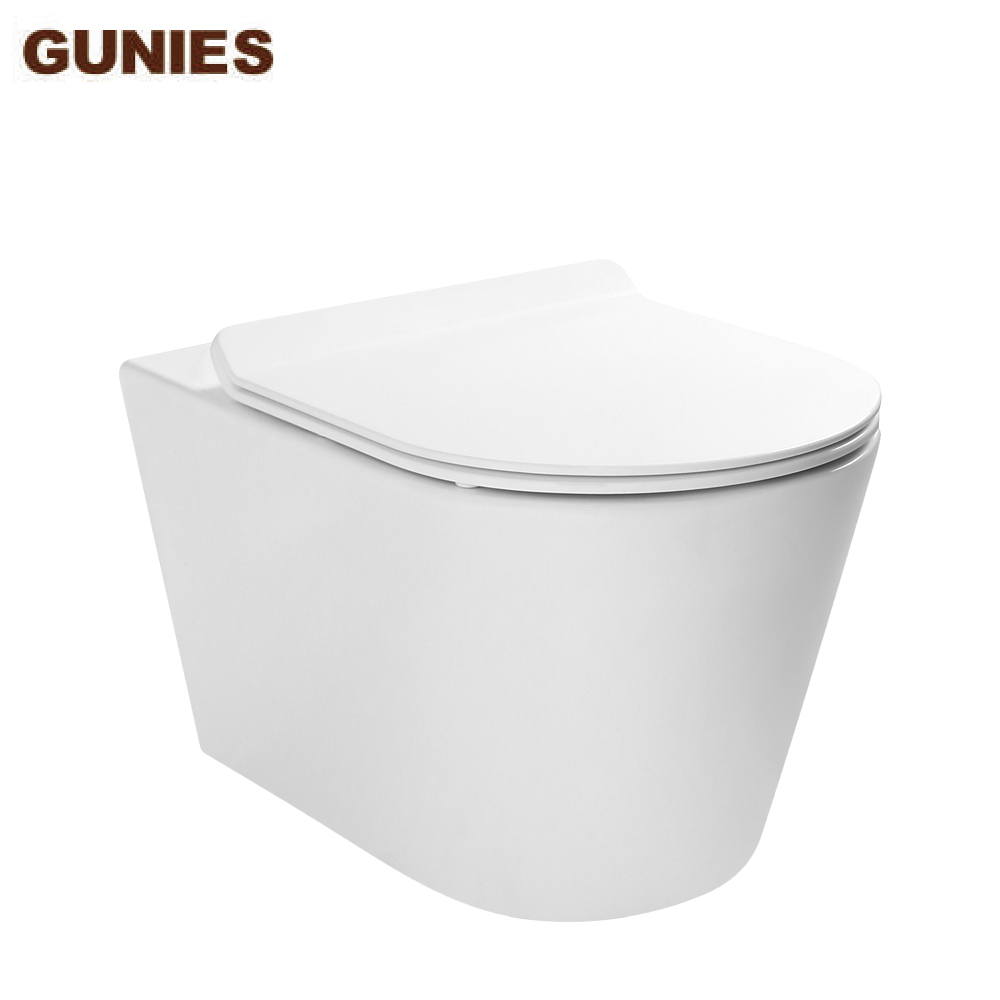
__1__12017.jpg)